Donal Fitzpatrick
Real-time information retrieval from Identity cards
Mar 26, 2020
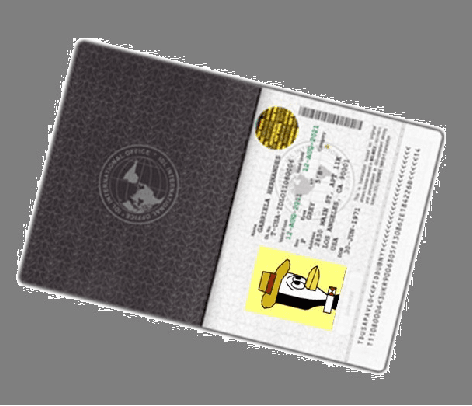
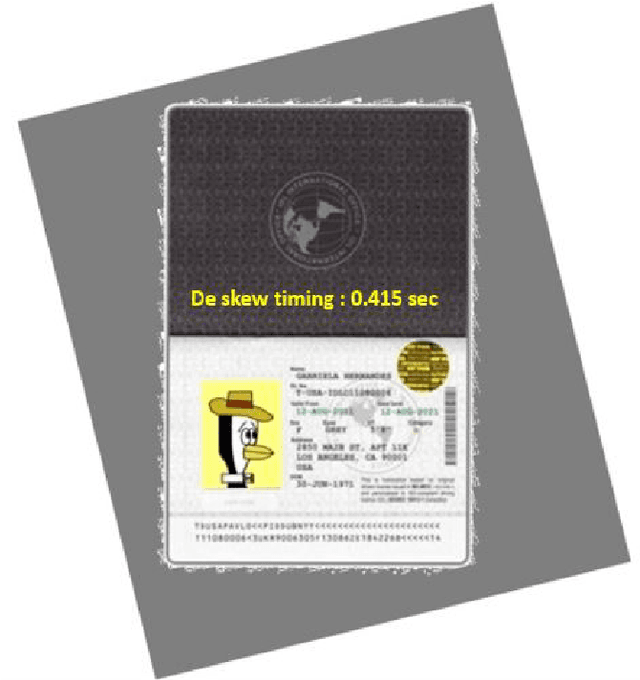
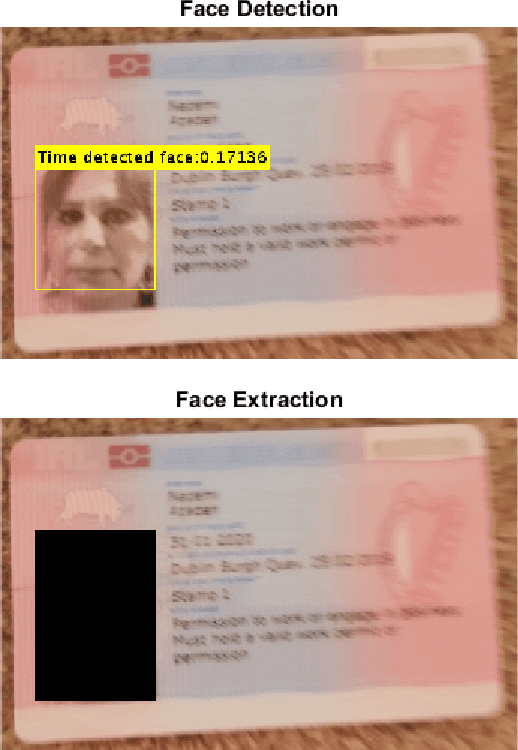
Abstract:Information is frequently retrieved from valid personal ID cards by the authorised organisation to address different purposes. The successful information retrieval (IR) depends on the accuracy and timing process. A process which necessitates a long time to respond is frustrating for both sides in the exchange of data. This paper aims to propose a series of state-of-the-art methods for the journey of an Identification card (ID) from the scanning or capture phase to the point before Optical character recognition (OCR). The key factors for this proposal are the accuracy and speed of the process during the journey. The experimental results of this research prove that utilising the methods based on deep learning, such as Efficient and Accurate Scene Text (EAST) detector and Deep Neural Network (DNN) for face detection, instead of traditional methods increase the efficiency considerably.
Offline handwritten mathematical symbol recognition utilising deep learning
Oct 16, 2019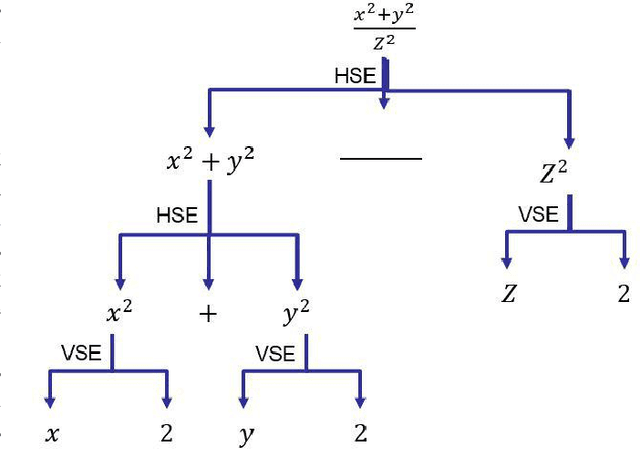
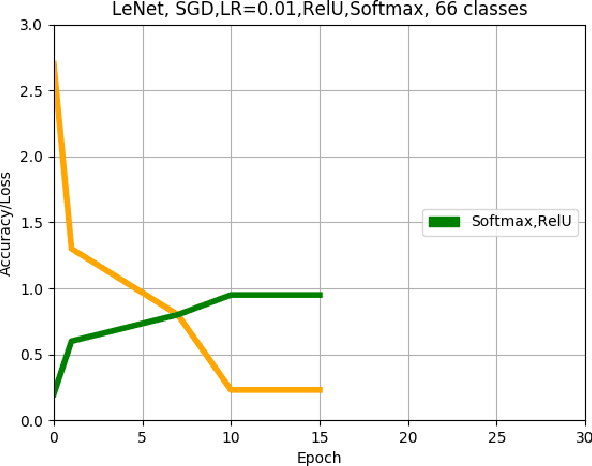
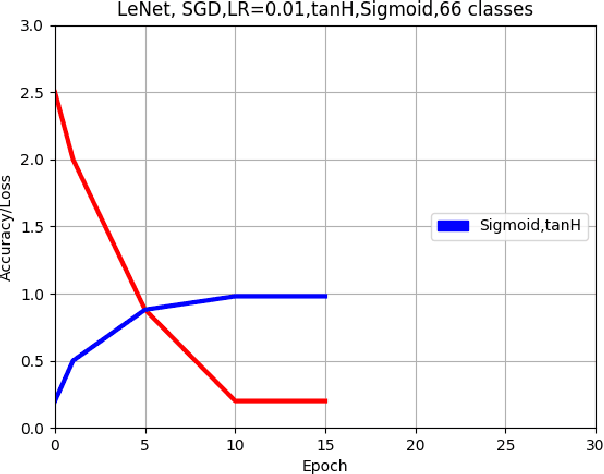
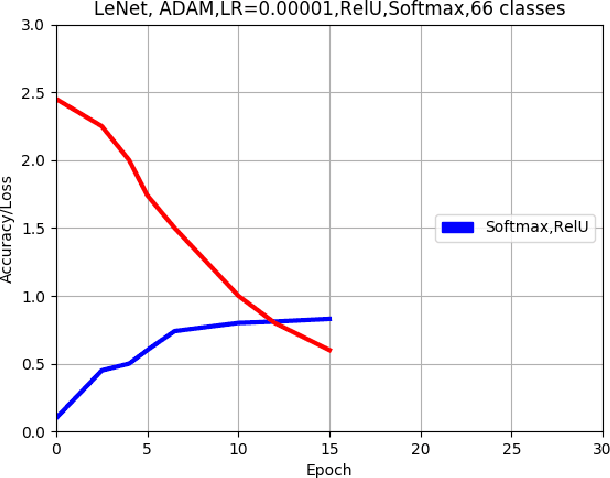
Abstract:This paper describes an approach for offline recognition of handwritten mathematical symbols. The process of symbol recognition in this paper includes symbol segmentation and accurate classification for over 300 classes. Many multidimensional mathematical symbols need both horizontal and vertical projection to be segmented. However, some symbols do not permit to be projected and stop segmentation, such as the root symbol. Besides, many mathematical symbols are structurally similar, specifically in handwritten such as 0 and null. There are more than 300 Mathematical symbols. Therefore, designing an accurate classifier for more than 300 classes is required. This paper initially addresses the issue regarding segmentation using Simple Linear Iterative Clustering (SLIC). Experimental results indicate that the accuracy of the designed kNN classifier is 84% for salient, 57% Histogram of Oriented Gradient (HOG), 53% for Linear Binary Pattern (LBP) and finally 43% for pixel intensity of raw image for 66 classes. 87 classes using modified LeNet represents 90% accuracy. Finally, for 101 classes, SqueezeNet ac
 Add to Chrome
Add to Chrome Add to Firefox
Add to Firefox Add to Edge
Add to Edge